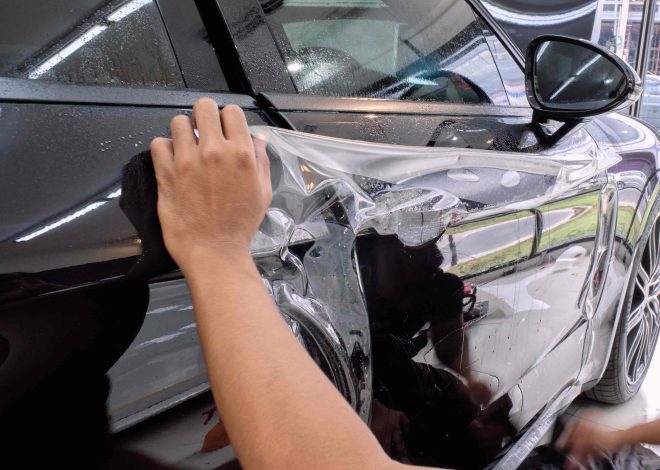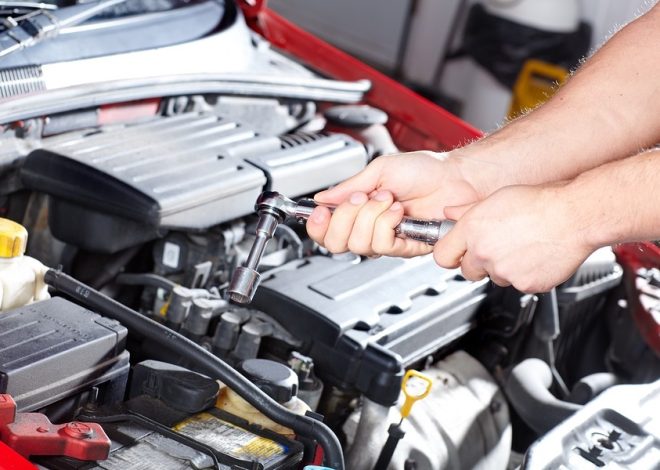
Self-Healing Materials in Autos: A Revolutionary Development
The automotive industry has been constantly evolving, and self-healing materials are the latest innovation in this sector. Self-healing materials are a revolutionary development that has the potential to change the way we look at vehicle maintenance. It is a game-changer, as it can save car owners significant amounts of money and time on repairs.
What are Self-Healing Materials?
Self-healing materials are materials that have the ability to repair themselves when damaged without any external intervention. These materials have the ability to repair cracks, scratches, and other damages that occur over time. Self-healing materials can be found in a variety of products such as smartphones, laptops, and now, in automobiles.
How do Self-Healing Materials work in Autos?
Self-healing materials work in autos by using a chemical reaction that occurs when the material is damaged. This reaction causes the material to repair itself. The most common self-healing material used in the automotive industry is a polymer. When a scratch or crack occurs on the surface of the polymer, the material reacts with the environment, causing it to heal itself. The process is similar to the healing process that occurs in human skin when a wound occurs.
Benefits of Self-Healing Materials in Autos
- Cost-effective: Self-healing materials can save car owners significant amounts of money on repairs. They eliminate the need for frequent repairs, reducing the overall maintenance costs.
- Time-saving: Self-healing materials can save car owners time on repairs. They eliminate the need for frequent visits to the mechanic and reduce the time required for repairs.
- Long-lasting: Self-healing materials have the potential to extend the lifespan of a vehicle. They can prevent small damages from becoming larger, more serious issues.
- Environmentally-friendly: Self-healing materials can reduce the amount of waste produced by the automotive industry. This is because they can extend the lifespan of a vehicle, reducing the need for frequent replacements.
Challenges in Implementing Self-Healing Materials in Autos
While self-healing materials offer numerous benefits, there are still challenges in implementing them in autos. One of the main challenges is cost. Self-healing materials are currently more expensive than traditional materials, making them less accessible to the average consumer. Another challenge is durability. While self-healing materials can repair small damages, they may not be able to repair larger damages caused by accidents.
Conclusion
Self-healing materials in autos are a revolutionary development that has the potential to change the way we look at vehicle maintenance. They offer numerous benefits such as cost-effectiveness, time-saving, and environmental-friendliness. While there are still challenges in implementing self-healing materials in autos, they are a step in the right direction towards more sustainable and efficient automotive technology.




